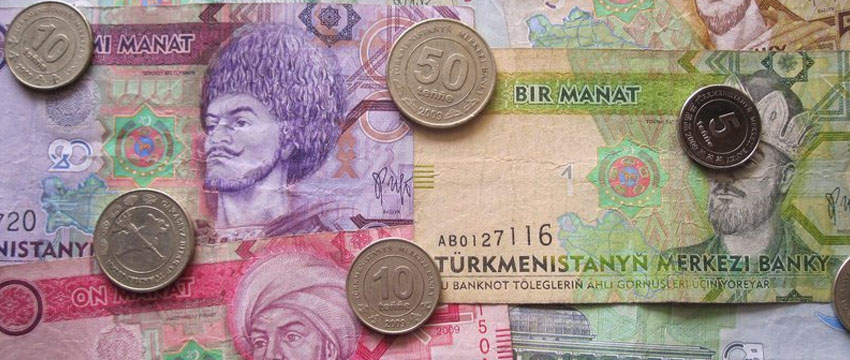What Is The Currency Of Turkmenistan ?
Turkmenistan is a Central Asian country bordering Kazakhstan, Uzbekistan, and Afghanistan. It has been at the crossroads of civilization for centuries and became a constituent republic of the Soviet Union. The country attained independence upon the dissolution of the Soviet Union in 1991. Turkmenistan’s economy is one of the fastest growing in the world. Although the country is largely desert, it depends on intensive agriculture, natural gas, and oil resources.
Turkmenistan’s economy is driven by a developing banking sector comprising of several banks. The currency of Turkmenistan, known as Turkmenistan manat, has played an important role in the development of the financial sector in the country.
Turkmenistan Manat
Turkmenistan manat is the official currency of Turkmenistan, introduced in November 1993 as a replacement for the Russian ruble, at an exchange rate of 1 manat for 500 rubles. The introduction of the manat marked the final break away from the Soviet Union. The currency is symbolized by TMM and is sub-divided into 100 tenges. Sometimes, the abbreviation “m” is used in place of manat.
The new Turkmenistan manat was introduced on January 1, 2009, with an ISO 4217 code TMT, at an exchange rate of 5000 old manats for every one new manat. The term “manat” is borrowed from a Russian word “moneta,” which was used to refer to the Soviet ruble. The high rate of inflation in the country was the main reason for the replacement of the old manat with the new manat. Turkmenistan likes to deal in cash. and most shops and hotels prefer to be paid in cash to other means of payments.
Coins
The first manat coins were introduced in 1993 in several denominations, including 1, 5, 10, 20, and 50 tenges. The coins were struck in copper-plated steel and nickel-plated steel. The coins did not last long, since their metal value was worth more than their actual value. After the high inflation in 1999, coins of higher denominations were introduced, including 500 and 1,000 manats. The new coins depicted the portrait of the president, as was required by the law.
The monetary reform of 2009 led to the introduction of new coins in the old denominations issued in 1993. In 2010, bi-metallic 1 and 2 manat coins were issued. Instead of the portrait of the president, the current coins depict the map of Turkmenistan with the Independence Tower imposed on it.
Banknotes
The first manat banknotes were also introduced in 1993, alongside the coins, in denominations ranging from 1 to 500 mana. In 1995, the 1000 manat note was introduced, followed by 5,000 and 10,000 notes in 1996. A new series of banknotes was issued in 2005 to replace the old notes. After the high inflation which devalued the currency, the new manat was introduced to replace the old manat at an exchange rate of one new manat for 5000 old manats.
New banknotes were printed in denominations ranging from 1 to 500 new manat. However, the 500 new manats has not been released into circulation. The banknotes feature several buildings and portraits of monumental leaders important in the history of Turkmenistan.
The currency of a nation is its national mark. The Turkmen manat speaks a lot about its evolution. Call us or visit our website to learn more about Turkmenistan currency and to book your tour now.
